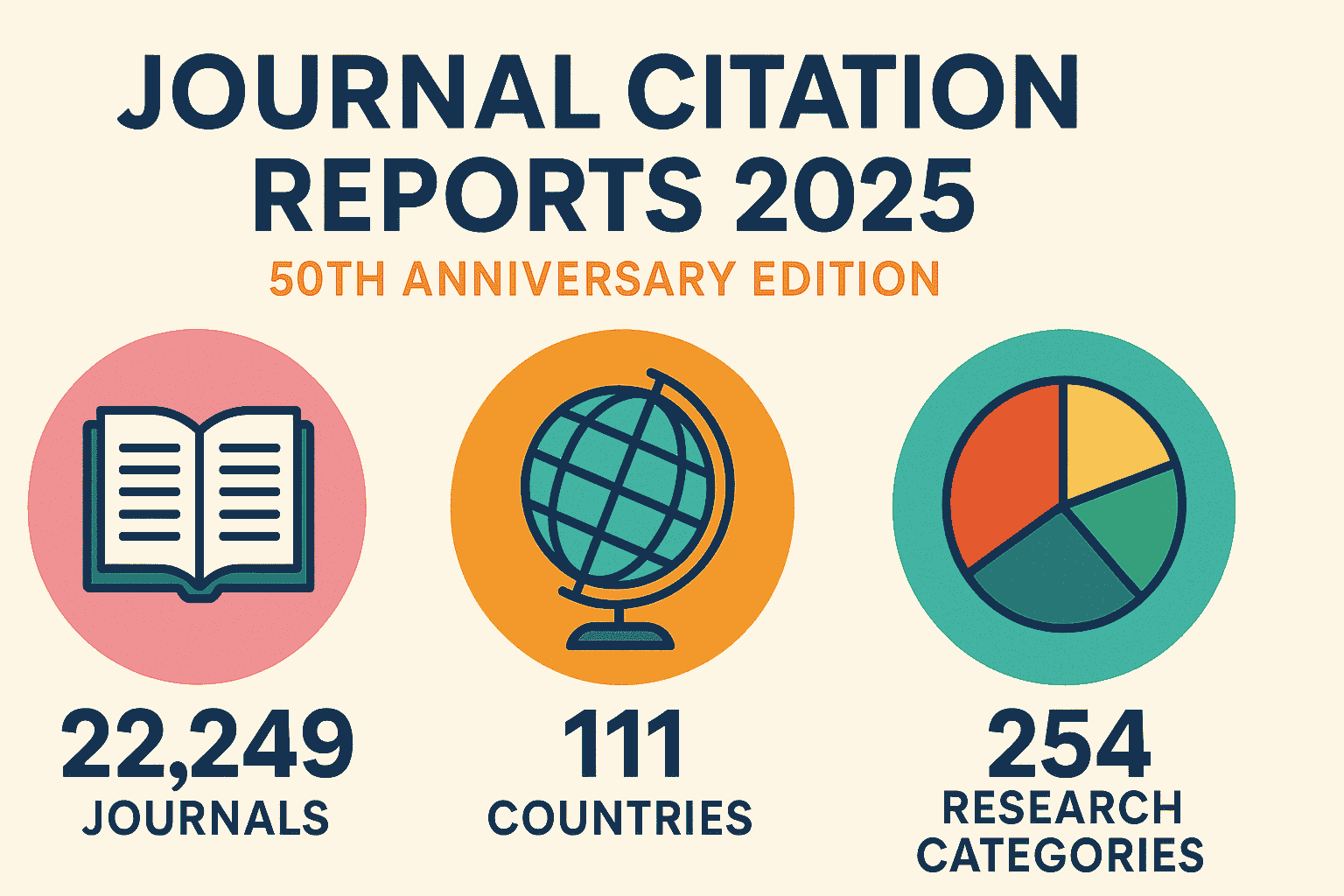What is ScRNA-seq?
Single-cell RNA sequencing (scRNA-seq) is a technique used to analyze the transcriptomes of individual cells in a sample. The goal of scRNA-seq is to capture the unique molecular signature of each cell and understand the diversity of gene expression profiles within a population of cells. The method involves isolating individual cells, generating complementary DNA (cDNA) from their RNA, and sequencing the cDNA to obtain a comprehensive picture of the transcriptome. scRNA-seq has revolutionized the field of genomics by providing unprecedented insight into the functional properties and diversity of cells, and has applications in a wide range of biological fields, including developmental biology, cancer research, and neuroscience.
Steps in ScRNASeq
The steps involved in scRNA-seq can be broadly divided into the following categories:
- Sample preparation: This involves isolating individual cells from a tissue sample, usually through techniques such as fluorescence-activated cell sorting (FACS) or micromanipulation.
- Library preparation: The isolated cells are then subjected to RNA extraction and reverse transcription to synthesize complementary DNA (cDNA). The cDNA is then fragmented, ligated to adapters, and amplified to generate a sufficient amount of material for sequencing.
- Sequencing: The cDNA library is then sequenced on a high-throughput sequencing platform, such as Illumina or 10x Genomics. This produces a large number of short sequencing reads, which are then mapped back to the reference genome to quantify gene expression levels.
- Data processing: The raw sequencing data undergoes several processing steps, including quality control, filtering of low-quality cells and transcripts, normalization to account for differences in sequencing depth, and dimensionality reduction to enable visualization and clustering of cells based on gene expression patterns.
- Data analysis: The processed data is then analyzed to identify biologically meaningful patterns, such as cell types, cell state transitions, and gene expression signatures. Differential gene expression analysis is often performed to compare the transcriptomes of different cell types or conditions, and gene ontology analysis is used to identify enriched biological pathways.
These steps can be further customized and optimized based on the specific goals of the experiment and the type of sample being analyzed. Additionally, the use of specialized software and pipelines, such as Cell Ranger, STAR, or Seurat, can facilitate the scRNA-seq data analysis process.








